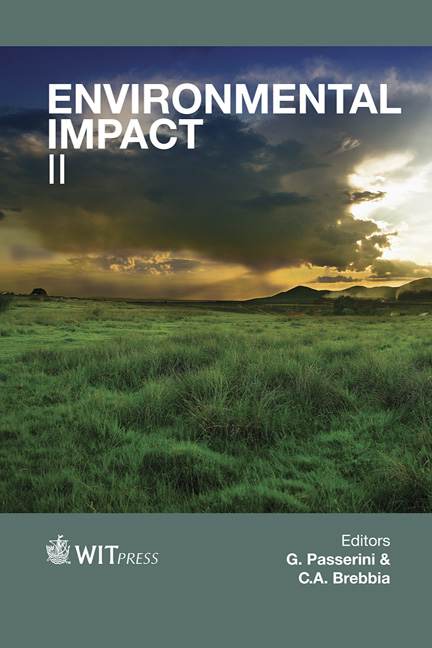Treatment Of Acidic Mine Waters Containing Metals: Past Practices And New Approaches
Price
Free (open access)
Transaction
Volume
181
Pages
15
Page Range
51 - 65
Published
2014
Size
367 kb
Paper DOI
10.2495/EID140051
Copyright
WIT Press
Author(s)
N. T. Smith, D. J. Reisman, N. R. Anton, M. R. Nelson, R. L. Olsen & A. K. Frandsen
Abstract
Acid discharges and drainage from mining sites containing high concentrations of metals impact thousands of kilometres of rivers around the world. The conventional approach to acid waters has been active treatment typically using pH adjustment, metal precipitation and sludge disposal. At some sites, a more passive approach has been used, including constructed wetlands, sulphidegenerating systems, or other biological cells where the acid waters passively flow through the treatment media. Great advancements have been made with the most successful of these systems, typically called biochemical reactors (BCRs) which are composed of such material as wood chips, mulch, processed manure, sand, and limestone. The overall result is some acid neutralization and subsequent precipitation of metal sulfides. The systems are not entirely passive, often require large areas, and eventually need replacement. A new approach is to apply the principles of sulphate reduction and precipitation of metal sulfide by injecting liquid neutralizing agents and carbon sources inside the mine workings. This approach has many advantages including source reduction, no waste disposal, and reduction of required space. To test such an approach, bench-scale tests were conducted on three acidic mine waters. The mine waters were added to microcosms containing site soils and inert media (sand/gravel). The pH was adjusted to achieve appropriate microbial conditions and a carbon source (ethanol, antifreeze, beer, ChitoRem, or methanol) was added. Results show that
Keywords
mine acid water, in-situ treatment, biological chemical reactors





